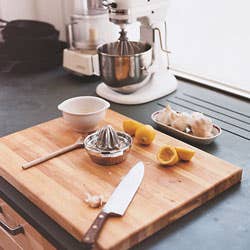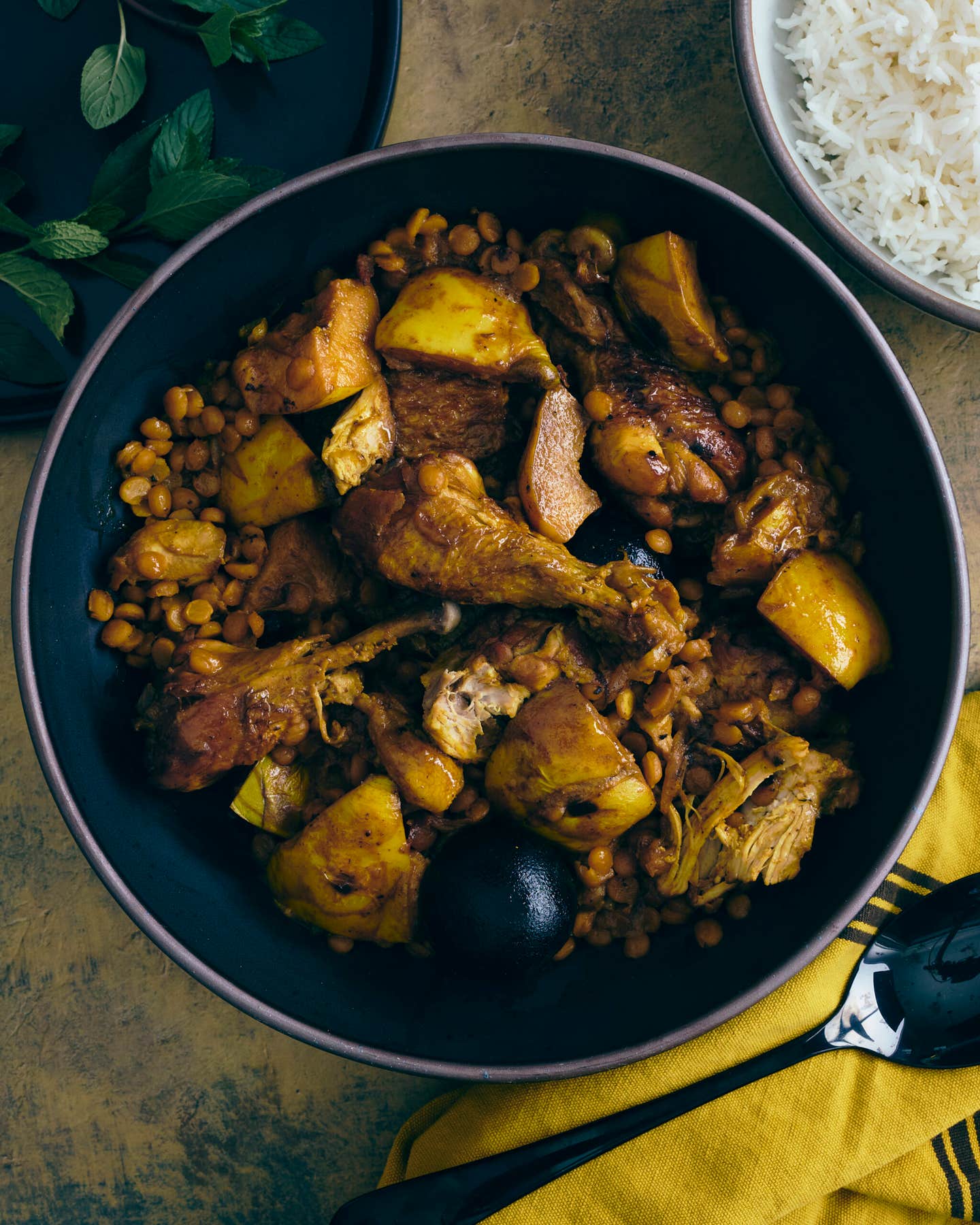
Secrets of the SAVEUR Kitchen, Part II
Part II: Tackling Recipes —Learn our tips for testing new recipes for future issues and how these tried-and-true steps can benefit anyone venturing to cook something new.
When our eclectic shopping trips are over, we head back to the kitchen to begin the process of recipe testing. We obtain recipes from all over the world, sometimes more than a year in advance of their appearing in the pages of SAVEUR. Some come directly from the writer of an article, others are based on the recipes of professional chefs, a few are borrowed from cookbooks, old and new, that we love, and a handful are developed right here in our test kitchen.
Cooking from untested recipes requires an ample dose of curiosity, with a little healthy skepticism thrown in. Listening to your instincts and learning when to deviate from a recipe and when to remain loyal to the original are often the toughest parts of the job. Many recipes that come to SAVEUR are being written down for the first time, and it's inevitable that details sometimes get left out.
Whether the recipes we test come from Vietnam, Venezuela, or Virginia, our goal at SAVEUR is to present readers with the most authentic rendition of a dish. Finding the middle ground between the original recipe and a version that works at home may be a challenge, but, in the end, we love recipes—reading them, tweaking them, inventing them, and testing them; after all, they're our bread and butter.
Here are a few hard-won recipe tips from the SAVEUR test kitchen.
Cooking from recipes requires having on hand not only the proper ingredients but also the right equipment for the job. Before getting started, make sure to read your recipes through to the end. Need a fine-mesh sieve for straining your bechamel or a candy thermometer for testing your fudge? It's useful to know that ahead of time.
Scan the recipe for any cooking terms with which you're not familiar. It's much easier to find out what a tranche is before you begin, rather than when the leeks are sizzling in the skillet and you're in a hurry to cut your salmon. (Tranche, by the way, is a French term referring to a portion of protein—be it fish, poultry, or meat—that's been cut at an angle to expose more surface area.)
Don't be afraid to rearrange the steps of a recipe to make it work for you. Depending on the amount of time you have or your kitchen setup, you may find it practical to do some steps before others. If your instinct says to start steaming the rice while the flank steak is still searing, don't hesitate to take control of the process. _
Keep Reading
Continue to Next Story










